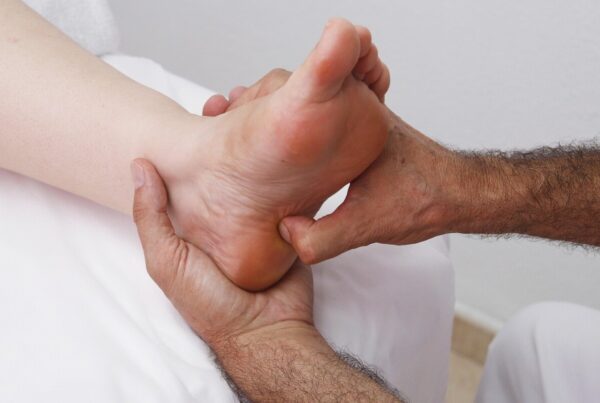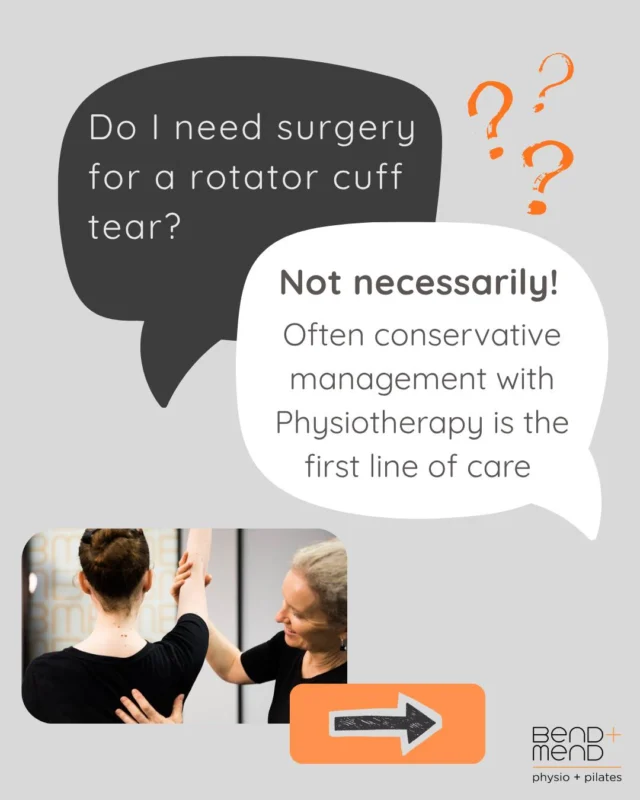Scenario: shoulder pain has slowly creeped up on you over a number of weeks, and it’s not improving like other aches and pains in the body. You book in to see your physiotherapist and after an assessment, you are diagnosed with “subacromial pain syndrome”. Great, you sigh with relief, now my shoulder pain can finally get better!
As a patient, you may not have wondered about the best line of treatment – let’s face it, as long as you feel better after each session with your Physio, the rest of it probably doesn’t really. But as physios, we are always on the look out for new research from our esteemed colleagues in the field and putting that evidence into practice in the clinic. In March 2021, a team from Denmark published a paper outlining the best exercise therapy for symptom improvement in subacromial pain syndrome. Here are the 3 most important findings from their research:
- In a group of 3306 patients, 43% did not complete the recommended minimum duration of 12 weeks of rehabilitation, and less than 50% achieved an acceptable symptom state.
- Exercise significantly improved symptoms in all patients, and this fits well with the current guidelines where exercise therapy is considered to be the first line of treatment in subacromial pain syndrome.
- While all exercises were effective, strengthening exercises had the best clinical outcomes, followed by mobility exercises, and lastly by posture/scapula exercises.
So, what does that mean for you?
Well firstly, sticking to rehabilitation for 3 months will give you the best chance for improvement. This doesn’t mean you will see your physio every week for 3 months – after the first few weeks, you will likely have one appointment every couple of weeks to progress your exercise program. Secondly, shoulder strengthening will be a big part of what you do, along with flexibility, posture and general fitness exercises. And lastly, remember that there are no “bad” exercises per se, only inappropriate exercises for where you are in your recovery.
If you would like to find out more, visit our Bend + Mend Physios to learn what to do (and what not to do) when you have subacromial pain syndrome.
Reference:
Clausen, M., Merrild, M.B., Holm, K., Pedersen, M.W., Andersen, L., Zebis, M., Jakobsen, T., & Thorborg, K. (2021). Less than half of patients in secondary care adheres to clinical guidelines for subacromial pain syndrome and have acceptable symptoms after treatment: A Danish nationwide cohort study of 3306 patients. Musculoskeletal Science & Practice, 52, 102322.





